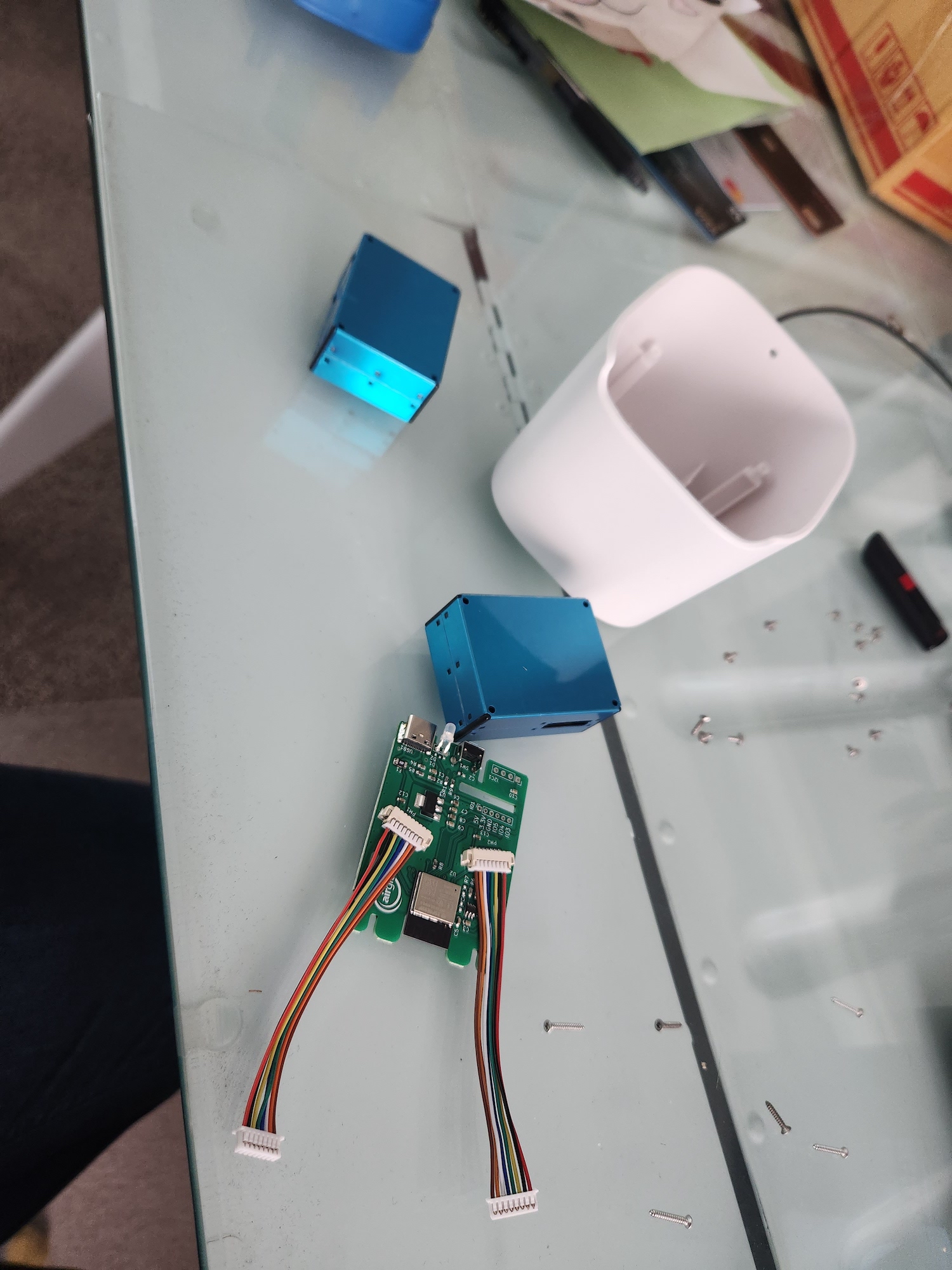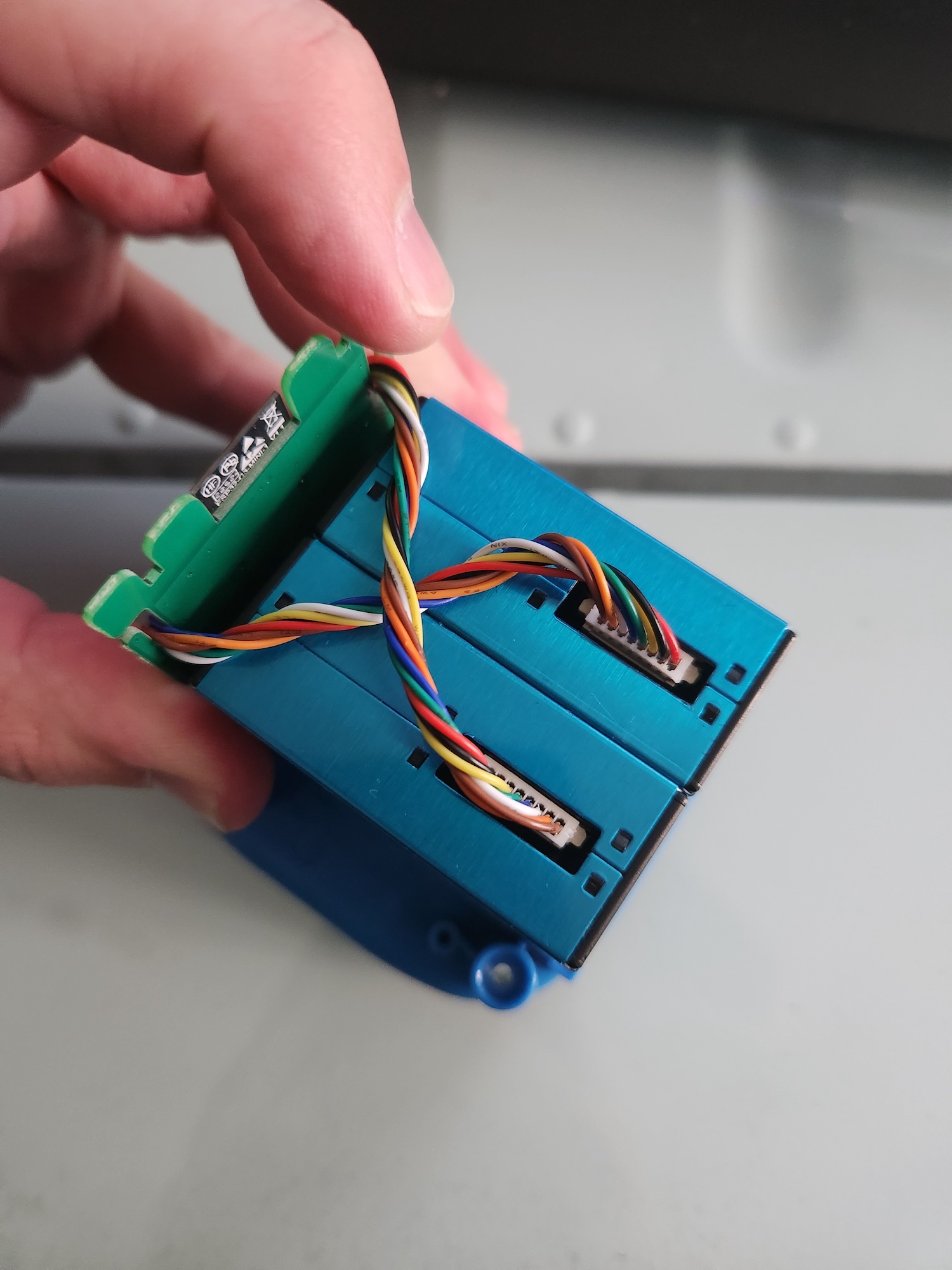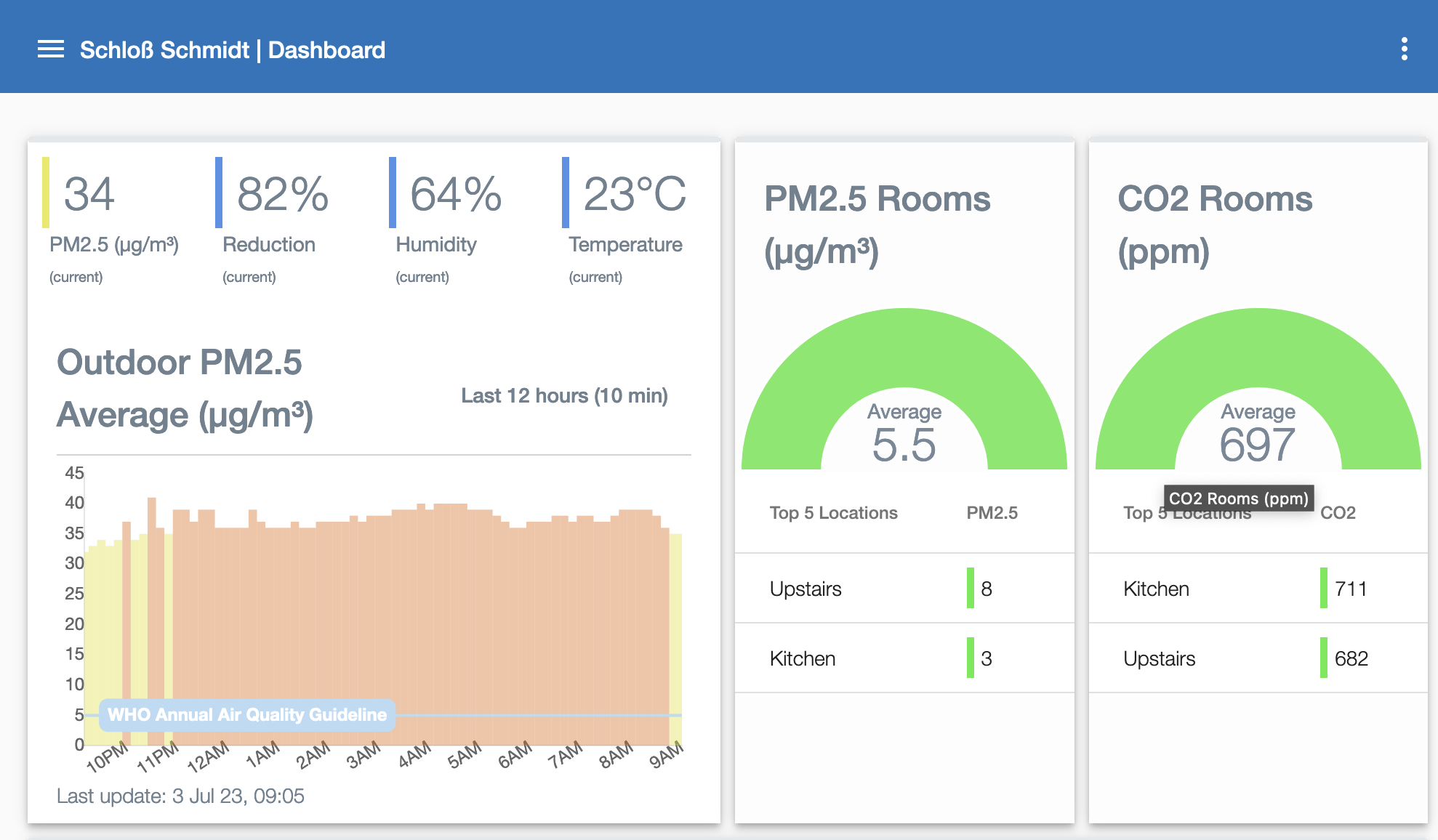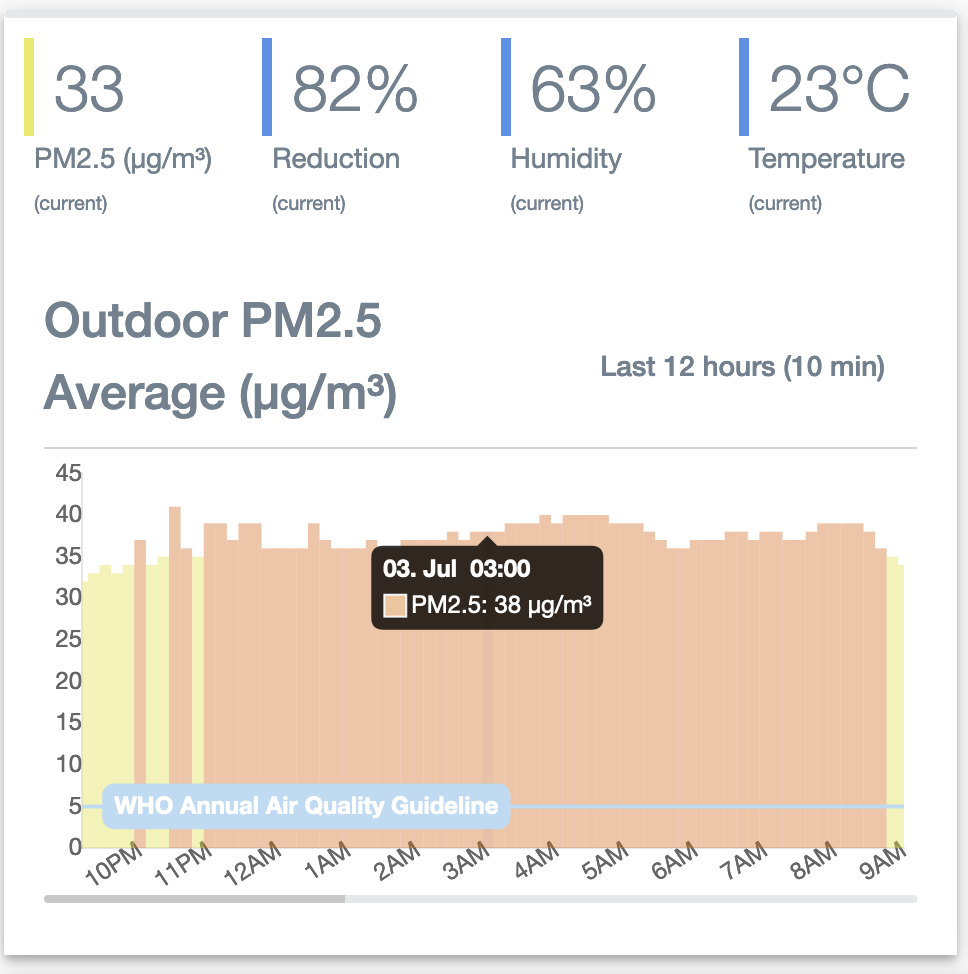AirGradient Sensor Review
Introduction
A few weeks ago, I woke up in NYC with my throat and chest burning and sore. I rolled over to grab my phone and start answering the morning litany of Slack and email messages from our European team well underway with their day. Google was kind enough to alert me that the air quality would be an issue.
When I landed in Michigan, the issue cleared within 24 hours. Weird.
This anecdote and the mighty fires raging from our cousins in the North made me wonder about the air quality around my family. Much like my fascination with weather, I wanted something more local to identify the air quality we breathed inside and out.
After looking at various air quality sensors, I chose the open-source friendly and hackable AirGradient. The CEO, Achim Haug, is active on HackerNews and posts insightful materials on his blog. I put in my order and waited the requisite three weeks for my hardware to arrive from Thailand.
Hardware Assembly
I went with the mostly assembled kits primarily out of necessity. My days of printing, soldering, and programming controllers are behind me, given the current cadence of travel and work. The kit had some basic requirements to put the sensors and controllers on the board, but otherwise, it was mostly a quick assembly.
Indoor Kit
The indoor kit was the easiest of the two setups to assemble. The little LED screen provided sufficient information to join the device to my IoT network and register to the dashboard. If you can use a small screwdriver and some basic IT skills, you, too, can get this online. I placed one of our two units on each floor, with the first one near the kitchen, to validate the “gas stove causes health issues” data point. We are predominantly an electrified home, but we still use propane for a small fire in our living room to offset the geothermal on artic days and the stovetop/hob.


Outdoor Kit
Like the indoor kit, the wire runs and mounting are more complicated. If you have assembled small electronics, you will be fine, but if you are new to this space, give yourself time and patience. Putting the cover on after the assembly was complete was highly annoying, but once complete followed the same basic process as the indoor kit for joining to the dashboard.
NOTE: As of this blog’s publishing, a bug in the current version of AirGradient’s software requires you to delete and rejoin the outdoor sensor if you didn’t uncheck the indoor sensor box. You have been warned!


Software
The provided dashboard is sufficient if you are trying to get the data into a central place to monitor. The great thing about open-source hacking devices is that they are not your only place. If you check out the forums, you will find numerous software modifications that allow publishing the data to multiple endpoints or even replacing the protocol support with MQTT. It is elementary to make these changes, and the community (and company) are highly supportive. We have all watched IoT companies die, leaving us with bricked hardware (here is looking at your BloomSky…), so data portability is vital to my selection criteria.

The Data
The fires have ravaged Canada and substantially decreased Michigan’s air quality this year. While our AQI issues are horrible, they in no way minimise the horrific climate impact our Canadian cousins are dealing with. The issue with the impact ratings is that we live in the middle of a forest on a farm. Most AQI ratings are from urban locations and do not represent what we can see at home. Today’s rating at 0300 is a great example; AccuWeather is reporting a rating of 65, while my outdoor sensor in the yard shows a 38. The sensors and data modelling AccuWeather and Plume may use are just that more accurate, or it could be that the wind was rolling off the corn field and the numerous trees are reducing the overall impact. My gut says the latter.

Indoors I generally expected to see CO2 ppm between 400-1000 and pm2.5 under 12 for healthy air. Even when running the propane fire or stove, the impact is minimal. Given how little we use the hob for cooking, I am not surprised, but I can tell the difference between running the overhead exhaust and not. Before, I wouldn’t have thought much about it, but when you can see the ratings climb every few minutes, it makes the exhaust of poor air more critical.
We always planned to move to induction stoves at some point, but it will be at the end of our current systems life - not because of its impact on the air inside. I would not extrapolate too much from this little exercise. Your results could significantly differ depending on what you are cooking and how long.


Conclusion
The air quality at our house is pretty good. I am excited to see how seasonality will impact this throughout the year, but I like equating and correlating data to environmental characteristics. The sensors, data, and platform AirGradient provides are great, and I can highly recommend the equipment even if you are not an Open Source zealot as I am. I will likely do a year review, so stay tuned for that!
